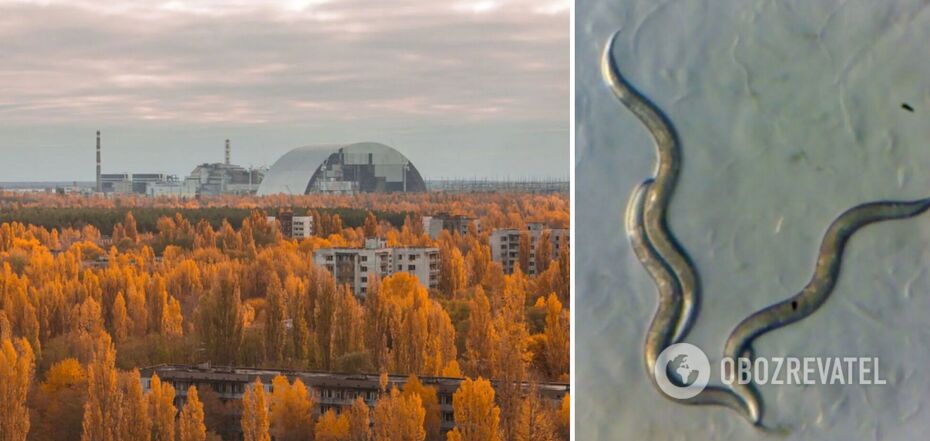News
Something strange was found in the DNA of worms from the Chornobyl zone: what scientists learned
The DNA of microscopic worms from the Chornobyl zone, called nematodes, remained completely intact despite chronic exposure to radiation. However, this does not mean that the zone is safe to live in.
This is stated in a study by scientists from New York University. The work was published in the scientific journal Proceedings of the National Academy of Sciences (PNAS).
On April 26, 1986, one of the worst disasters in human history occurred at the Chernobyl nuclear power plant. Since then, the exclusion zone around the Chornobyl nuclear power plant and the city of Prypiat has remained virtually uninhabited due to prolonged exposure to radiation.
In 2019, a group of researchers armed with Geiger counters and protective equipment entered the exclusion zone to investigate how radiation can affect plants and animals. The scientists also wanted to understand whether any species could have evolved to withstand radiation exposure.
Microscopic nematodes were chosen as test subjects because these worms have a rather short life cycle and their evolution should be faster than that of other species that live longer.
"These worms live everywhere, and they live fast, so they go through dozens of generations of evolution, while typical vertebrates are just getting their shoes on," said Matthew Rockman, a professor of biology at New York University and senior author of the study.
According to Interesting Engineering, in their study, the researchers studied worms of the nematode species Oscheius tipulae, comparing them with "relatives" from other regions of the world.
What they found, as the scientists admitted, exceeded expectations. The scientists thought they would find evidence of radiation damage in the worms' genomes, but the reality was the opposite. They were very surprised because they found no signs of it.
"This does not mean that Chornobyl is safe - rather, it means that nematodes are really resilient animals and can withstand extreme conditions," said Sofia Tintori, an associate professor of biology at New York University and the first author of the study.
The scientists noted that their study does have one drawback.
"We don't know how long each of the worms we collected was in the zone, so we can't be sure what level of radiation each worm and its ancestors received over the past four decades," Tintori explained.
However, the results of their study are important for understanding how DNA repair can vary from person to person.
Earlier, OBOZ.UA reported that frogs that mutated to protect themselves from radiation were found in Chornobyl.
Subscribe to OBOZ.UA's Telegram and Viber channels to keep up with the latest events.



























